Sustainable Gardening means gardening in a smart and eco-friendly way. It’s all about giving back to mother nature by using organic growing methods so you use less chemicals and adopt more greener alternatives when you’re gardening. Food produced in a sustainable garden is rich in terms of both nutrients and taste!
Sustainability isn’t just a one-time practice, it's actually a lifestyle that promises significant long-term rewards, both with health and cost savings.
Here are 15 awesome sustainable gardening ideas that you should consider experimenting with in your garden:
1. Garden Design

When you’re thinking about getting into sustainable gardening, it's a good idea to incorporate resource-conserving practices in your garden in order to protect your plants and soil. There are many water conservation and soil preparation practices that you may incorporate into the design of your garden to make it more green and reduce its impact on the environment.
Sustainable design is quite comprehensive; when you’re planning out your garden, think about the different plants you want to grow. The shadow-loving plants should be planted in the shade of tall, lush plants where they get plenty of shade. Plants that love the sun should be planted in sunny areas where they can enjoy being pampered. Plants that crave water should be planted in moist areas of your garden so they remain healthy with minimal care.
By planning all these points out in advance, you can conserve plenty of resources while nourishing a good, healthy garden.
2. Compost Your Green Waste
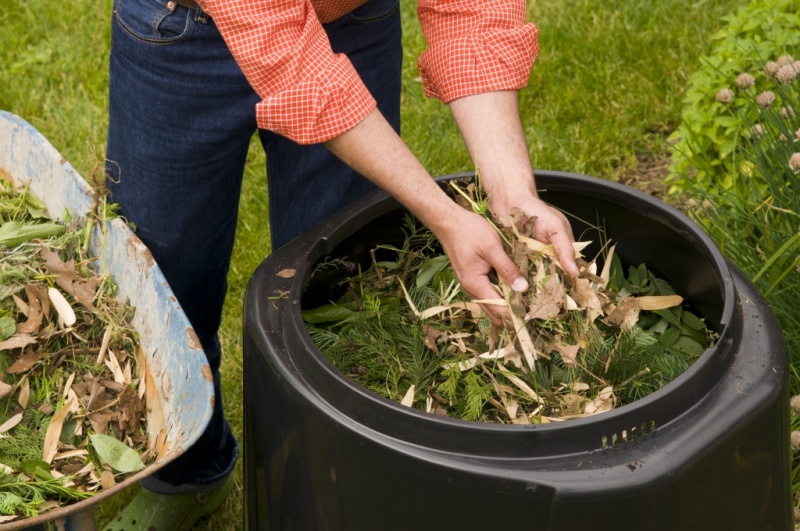
One of my favorite sustainable gardening practices is composting - the recycling of your food and other natural waste to be used as organic fertilizer. Instead of throwing away your dead leaves, flower heads and grass clippings, you can compost them into a nutrient-rich, organic fertilizer for your garden. This will make your soil richer and your produce healthier and more delicious.
You can negotiate with your neighbourhood schools, parks, and grocery stores to pick up their compostables as well.
3. Save Your Seeds
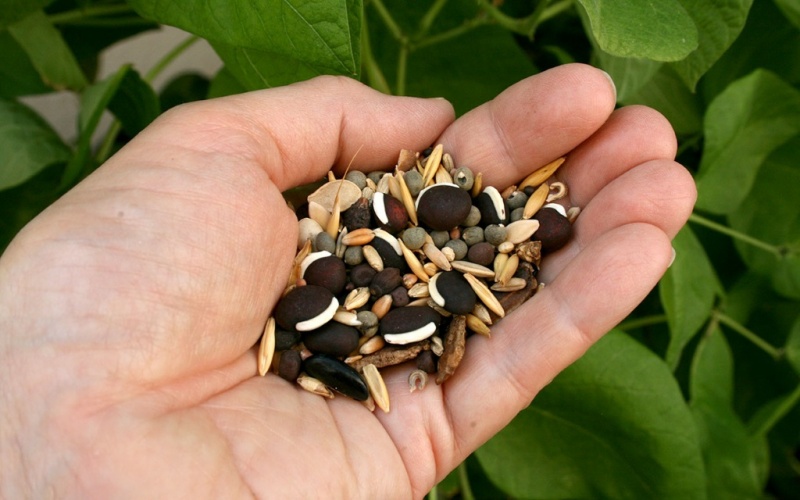
When your flowers and vegetables have matured, they’re going to produce seeds before they dry out. Collect these seeds and store them in a cool, dry place. You can use these seeds in the spring next year to grow your plants again. You can start from the easier seeds to save such as tomatoes, peas, beans and pepper and work your way up from there.
This will save you tons of money on buying new seeds annually.
4. Celebrate the Natives
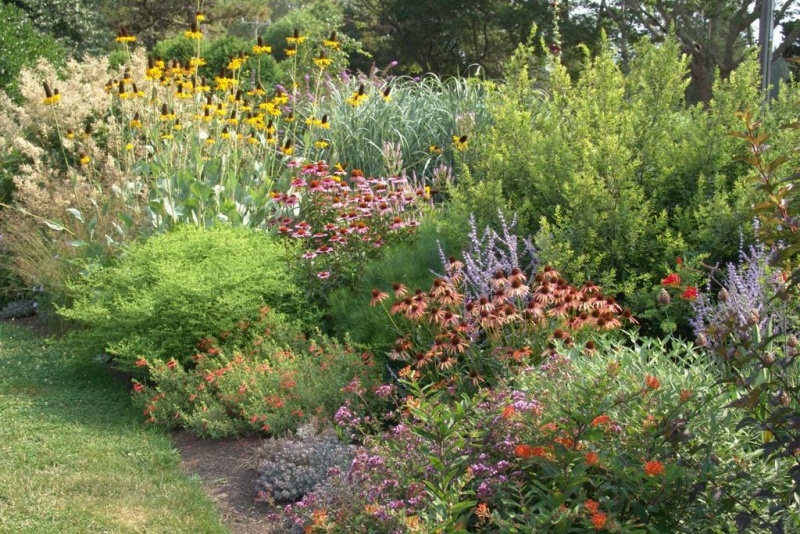
Native plants are those plants that grow naturally in your region. It's easier to grow and sustain these plants because they're already suited to the rainfall, soil and climate in your region. Native plants require less effort and even less water to maintain and grow. Moreover, by growing native plants you will also be helping in the preservation of the birds and insects in your area by providing food and shelter for them.
You should ask the local gardening experts about the native plants in your area.
5. Say No to Herbicides
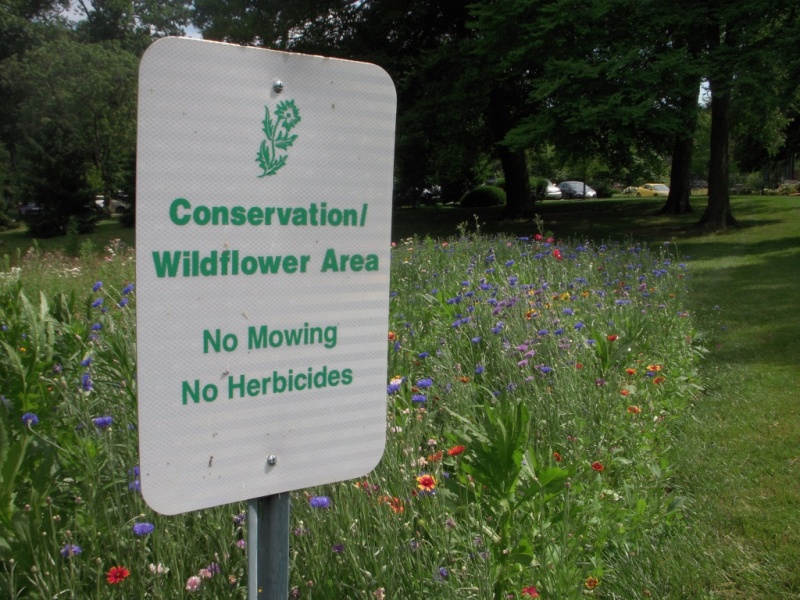
It’s best to use sustainable methods to maintain your garden. Instead of using chemical herbicides you should use organic methods to control your weeds and pests. Weeds may be pulled out directly by the good ‘ol method of getting down on your knees and pulling them out ... it's not only greener but it’s great exercise for you as well.
6. Use Beneficial Insects to Get Rid of Pests
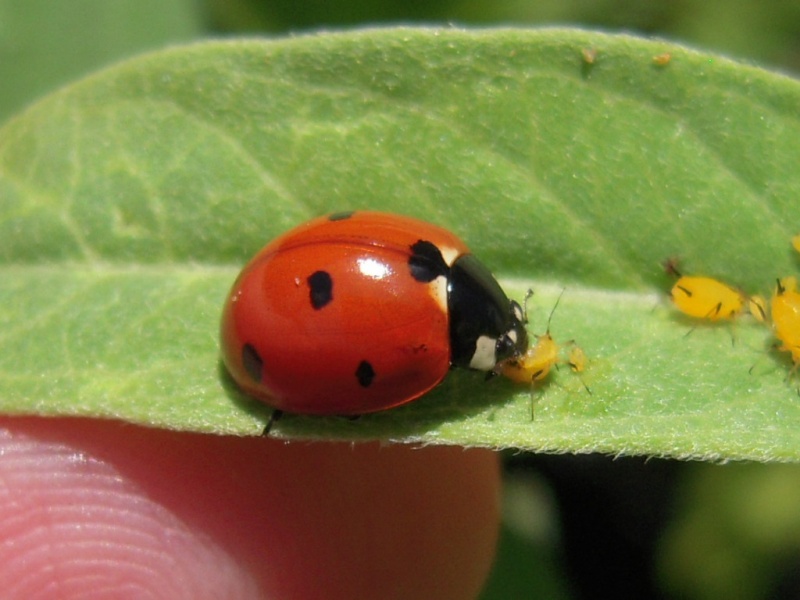
Beneficial insects are nature’s perfect way of controlling pests without using harmful chemicals. These insects eat up caterpillars, mites, aphids and other bugs that consume plants, and the best part is that they're completely harmless to pets and people.
One great example is ladybugs, that are not only cute and considered to be good luck, they also LOVE eating aphids!
Just look up your pest problem online and find the best insect suited to combat your problem.
7. Mulching
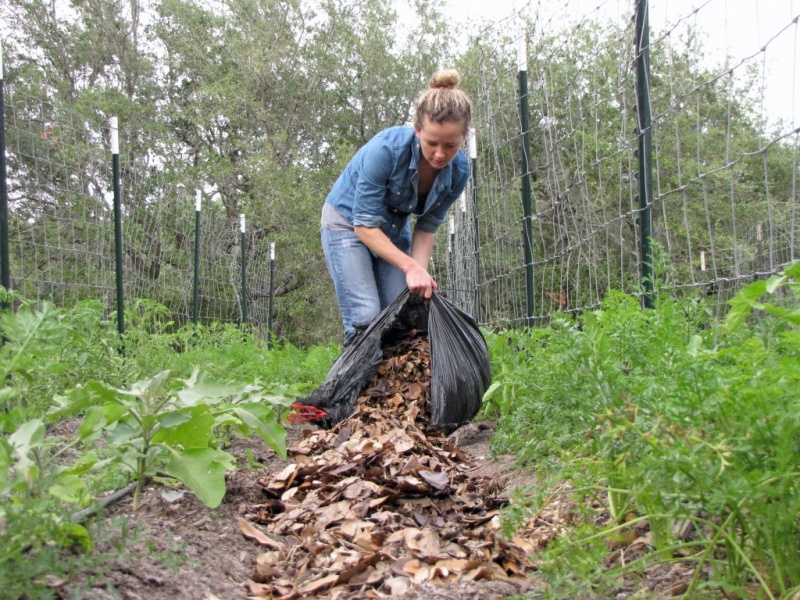
Another important technique that gardeners can employ to create low-maintenance, healthy gardens is mulching. Mulching has a multitude of benefits:
- Prevents drying out of soil
- Suppresses weeds
- Moderates soil temperature
- Reduces compaction of soil
- Adds nutrients to soil
- Prevents erosion
- Add to the ambience of the gardens
Mulching may be done as soon as you've planted something; it may also be done to cover the bare soil in your garden. It's one of the most important constituents of a sustainable garden.
8. Ditch the Gas Powered Lawn Mower
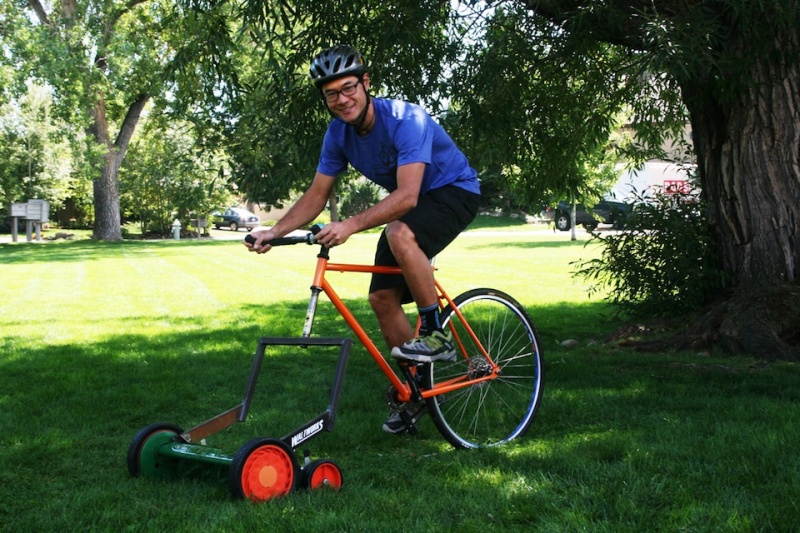
If you want to reduce your carbon footprint, it's a good idea to ditch your gas powered lawn mower and switch to other greener options such as a manual lawn mower or an electric one. You should also consider doing the same for your chainsaw. Here's some electric chainsaw reviews.
Did you know that, according to the Environmental Protection Agency, using a gas powered lawn mower for an hour is equivalent in terms of air pollution to driving a car for 45 miles? Yeouch.
9. Plant Trees
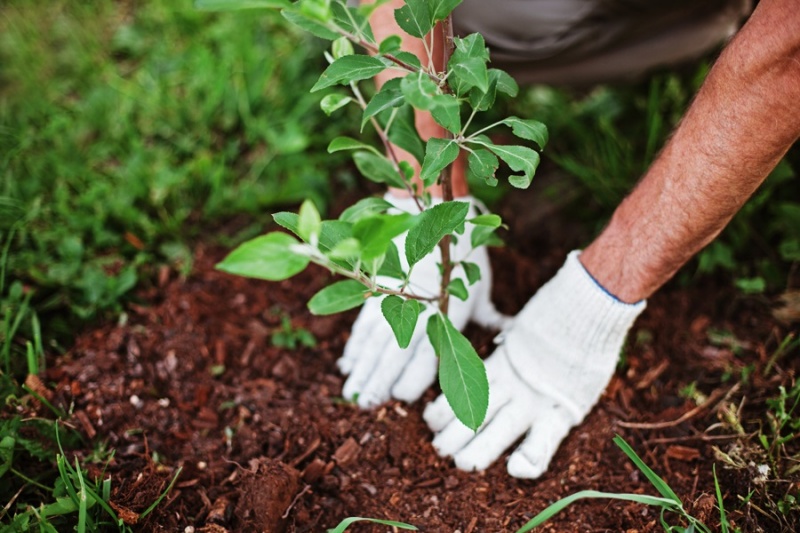
Planting trees helps store carbon from the atmosphere into the soil. It also helps cool your home down in the summer. Moreover, good, strong trees are a gorgeous sight to behold (who doesn’t love trees, right?) I personally feel that every garden should have at least one tree, however if your garden doesn’t have room for one, you can always volunteer with a local landcare group.
Once your trees have been planted, consulting with a professional tree service like Happy Tree Service can significantly boost their growth and health. These experts offer important maintenance services such as trimming, pest management and disease diagnosis that will ensure the long-term vitality of your trees. Regular inspections can help identify any potential problems before they worsen, helping your trees remain healthy in their environment. An expert tree service can also offer guidance on the most efficient ways to water and fertilize your new additions as well as provide protection from harsh weather conditions. Partnering with them is essential in building an thriving garden ecosystem.
10. Conserve Water Resources
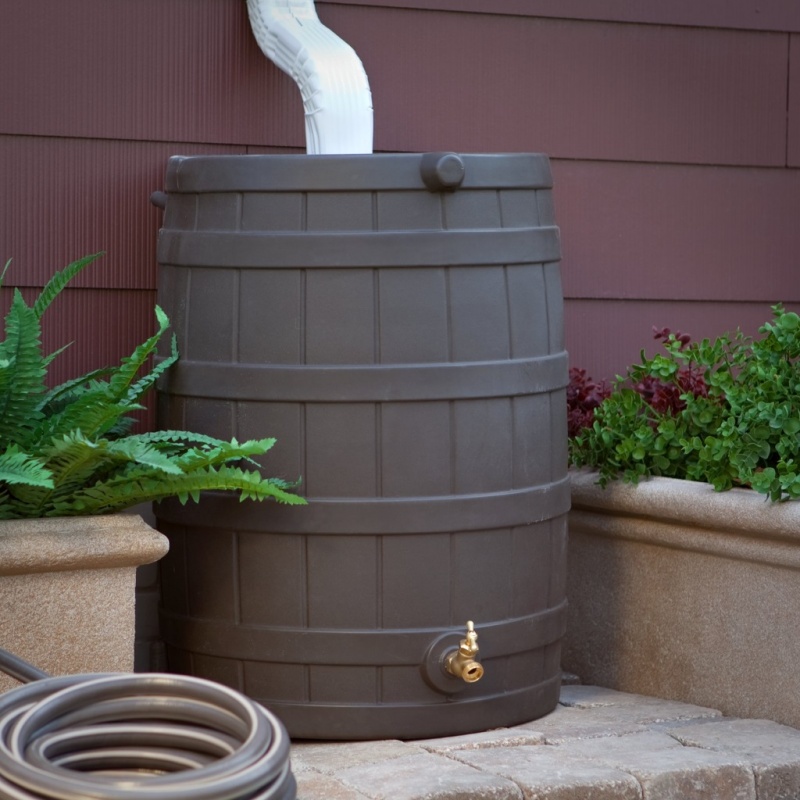
A sustainable gardener conserves water resources by using rain barrels to store and use rainwater in their garden. Rain gardens may also be developed by producing terraces that store rainwater and protect it against fast evaporation.
The goal of a sustainable gardener should be to only use natural sources of water such as rain water or rivers. In areas where rain is scarce, irrigation or direct watering tools such as a watering can may be employed. Automated tools such as the sprinkler are faster, but they also lead to a lot of wastage and you may not know it, but many plants don’t fare well with sprinklers.
11. Fertilize with Manure
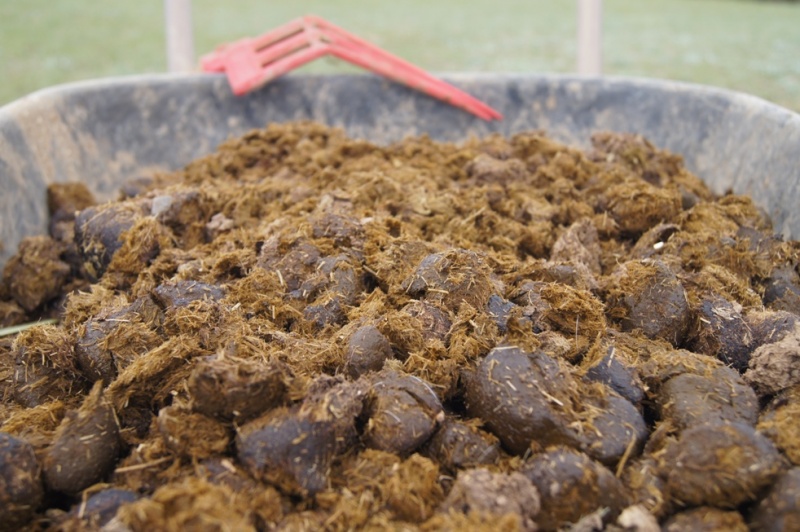
Manure is one of the best sustainable fertilizers that can you can nourish your plants with. If you've got your own livestock then that’s awesome, but if you don’t you can try looking for some farmers in your local area who may have some you can buy.
12. Seaweed
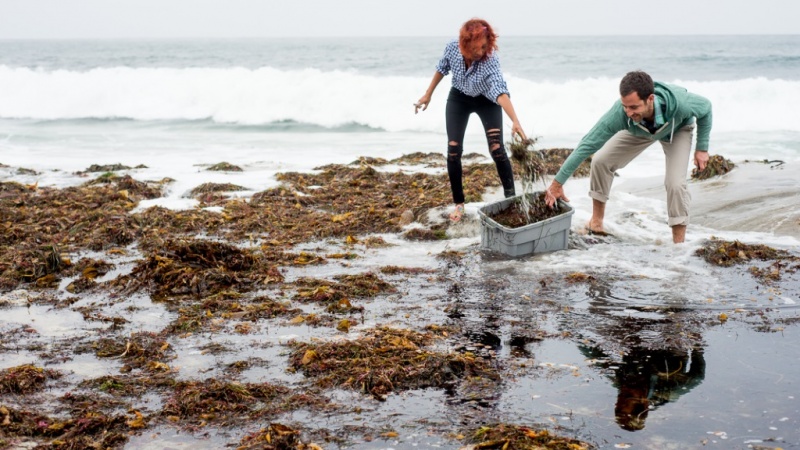
Seaweed is excellent for most plants. It has many essential nutrients required by plants for healthy growth. If you live in an area where you may find seaweed in abundance, collect it, dry it and store in a dry location to be crushed and used with your plants later.
13. Wooden Plant Tags
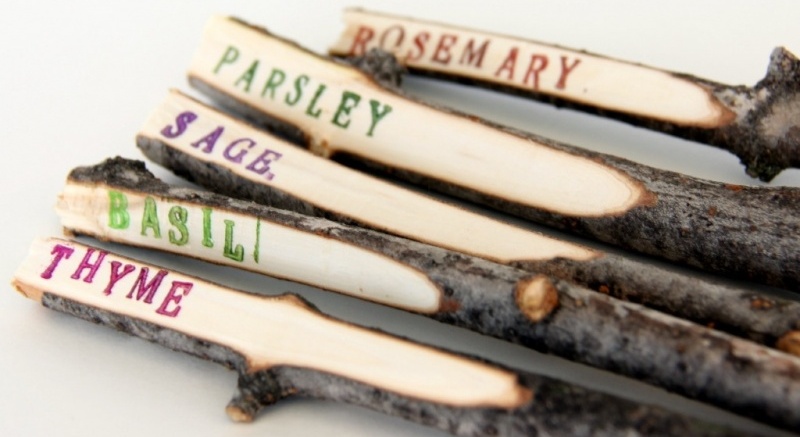
Instead of using paper and other materials, use shaved-off plant twigs as plant tags. It’s creative, cute, and cost effective!
14. Organic Fences
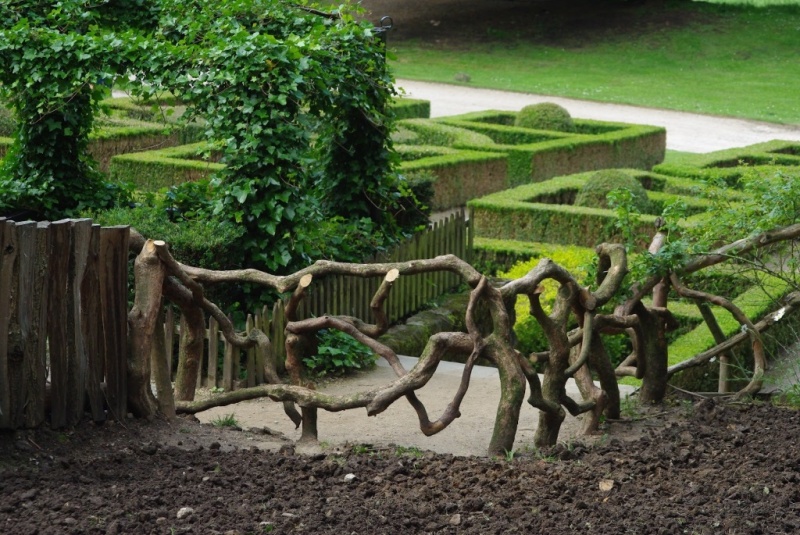
Use the scrap wood, saplings and fall branches to fence your garden, it's not just an organic fencing method it looks really attractive and antique as well.
15. High-Tolerance, Low-Water Plants
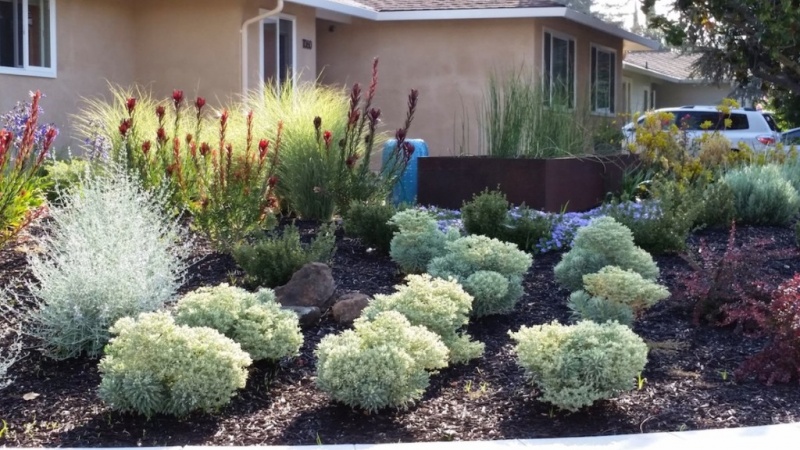
Another way to conserve resources while having a marvellous garden is to plant high-tolerance plants that require less maintenance and water such as the honey bush or monterey cypress. These plants are perfect for a beautiful, earth-friendly garden.
There’s plenty of creative additions that you can make to add a personal touch to your sustainable garden. It’s a wonderful hobby that promises good exercise, healthy food and a benefits to the environment! What are your favorite green gardening habits?
Author
 Memuna Umber from YardYum
Memuna Umber from YardYum
Memuna is a MBA student who also happens to have a passion for the environment. She brings a lot of marketing experience to the YardYum team.
